Legume is a vegetable that not only is high in nutrients but also provides great dietary balance for any individual. It is any plant that keeps the seed inside pods. However, there are about 18,000 species of legumes on earth. The common varieties of these crops are beans, peanuts, soya beans, peas, etc. Here, In this article, we are going to explore the list of legumes with their respective pictures.
What are Legumes?
The legume also is known as the pulse [the term used by the Food and Agriculture Organization (FAO)]. Pulse is the dry fruit or seed of plants. These plants belong to the scientific group “Fabaceae (or Leguminosae) “. The common characteristic of legumes is, they hold the seed inside pods. However, the popular example of Legumes are soybeans, beans, peas, tamarind, peanuts, lentils, mesquite, and alfalfa.
People can either eat the seed or they can also eat both the seed and the pod. This can be a great choice for people of any age and class as it is an economical food considering its price. Generally, these crops are eaten in many forms.
Likewise, they can be fried, cooked, or can even be eaten as dried foods. Moreover, they are commonly used in soups, fried vegetables, salad, and in many other food items.
Besides, farmers grow this because it is a profitable crop, easy to cultivate, and work as soil-enhancing green manure. Besides, these fruits or vegetable trees are a good diet for livestock. So, if you rear livestock it can be an extra source of feed for them.
Types of Legumes
Among thousands of types of legume species, there are a few that are well-known to us and also commonly used to consume. I shall try to discuss some of these in these articles. The most common types of legumes include-
Beans
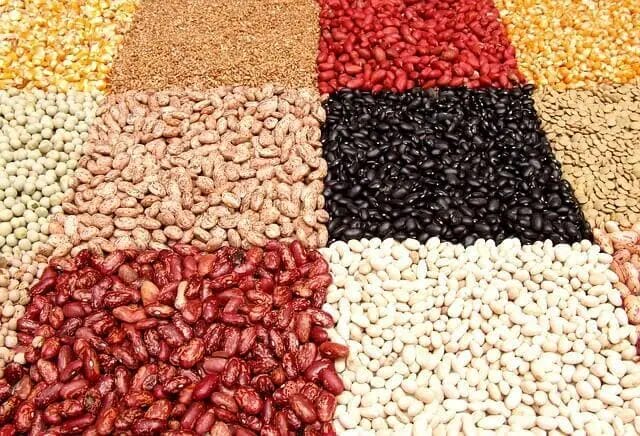
There is hardly anybody unfamiliar with beans. Beans are legume species and they also vary from type to type. Beans are categorized based on their origin, color, size, taste, and some of the other criteria. Here are some of them:
White Beans:
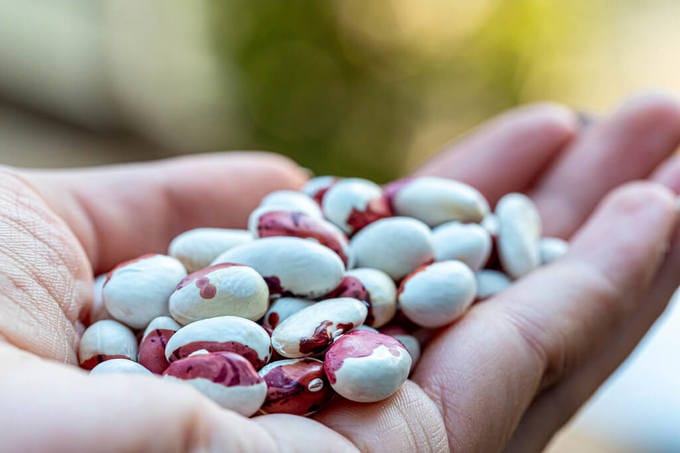
White beans are also known as navy beans. It’s due to the popularity of white beans among the U.S. navy in the 20th century. White beans are mainly originated from Italy. As its name suggests, these beans are white. White beans are small in size and oval in shape. White beans can be used to eat with soups or stews. Although these beans are often eaten as dried food worldwide. Consumption of white beans helps decrease unhealthy cholesterol and chances of heart disease get low.
Kidney Beans:
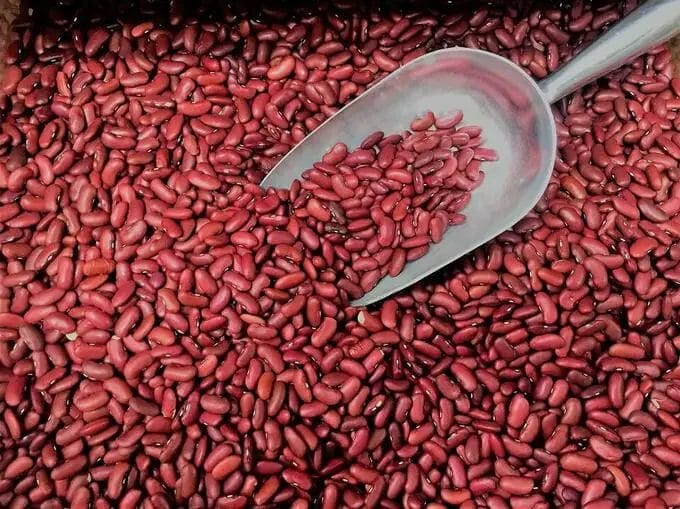
Kidney beans look like kidneys for their size and color. Mostly these are red. As originated from Mexico they are commonly known as “Mexican red beans”. Kidney beans are also used in many food dishes like salad, soups, and stews. Often it is soaked for a long period before cooking. One important fact about kidney bean is, it should be eaten when it is well cooked. Otherwise, kidney beans can be toxic and cause stomach problems. Yet well-cooked kidney beans can be a great source of protein and other nutrients.
Pinto Beans:
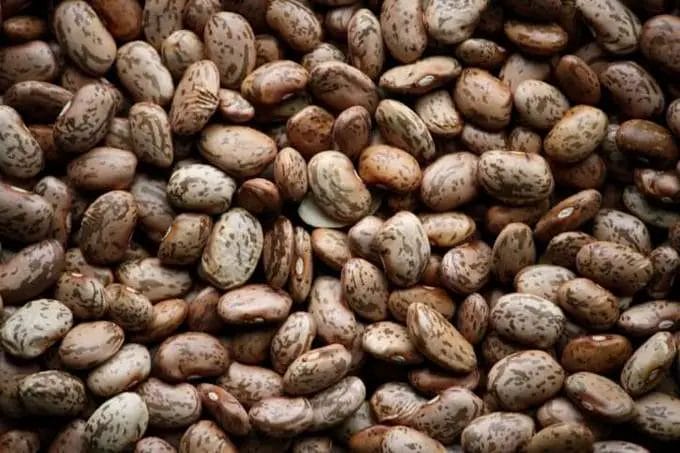
Pinto beans are one of the most popular as well as healthy foods in the world. It’s mostly common in Mexico and the United States. These are a bit “painted” in texture and therefore named as pinto beans. Pinto beans are pinkish. Pinto beans can be eaten cooked or even dried food. Once these beans are soaked for a time being, it gets prepared for being cooked. After being cooked pinto beans become fleshy and buttery. Pinto beans become a great healthy meal.
Soybeans:
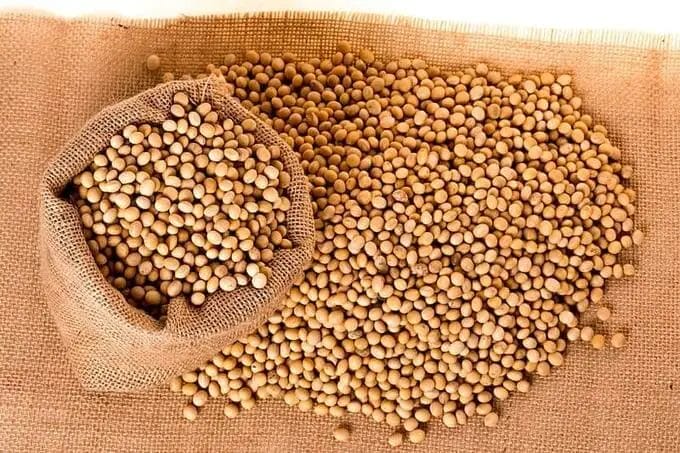
Soybeans are eaten in a variety of forms. It is mainly consumed in Asia. Some people of North & South America are also consumers of soybeans. Some products of soybeans are soy milk, soy sauce, soy flour, and soybean oil. Soybeans are a great source of protein and vegetable oil. Soybeans contain phytonutrients, antioxidants that are beneficial to health. Soybean products are used regularly in Asia and they are used in regular food dishes as well as snacks.
Peas

Peas are legume species. There are a variety of peas found in the world. Some of the common peas are discussed below.
Southern Peas:
Southern peas are tiny in shape. These are white but have a blackish end. Southern peas are also called “black-eyed peas” and “cowpeas”. Southern peas are originally from Africa and later they became popular in North America. Southern peas can be eaten in various forms. It can be eaten with rice, soup, or even as a salad.
English Peas:

English peas are often seen in grocery shops as they are very common among all the legume species. These have hard and edible pod which contains round figured peas inside. The pods require to be shelled off before eating the peas which are inside. English peas are usually sweet. It can be eaten raw and also by boiling them or even cooking them as the main dish. English peas are healthy and popular worldwide for taste and availability.
Snow Peas:

Snow peas are strong edible pods that are a bit longer compared to other legumes. Snow peas are green in color and rich in dietary fiber. Their pods are eaten along with the seeds inside. Some people also prefer to just eat the pods and throw away the seeds that are inside the pods. Snow peas are eaten either raw or in a cooked or steamed form. Snow peas are sweet.
Sugar Snap Peas:
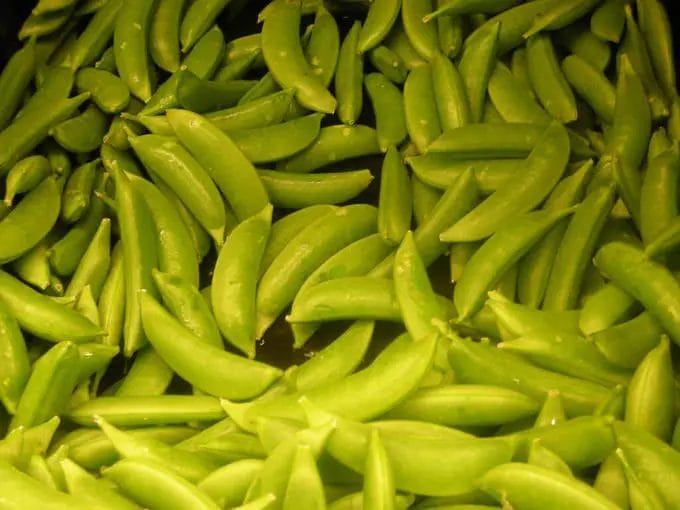
Sugar snap peas are almost similar in terms of their shape and color. Sugar snap peas have thicker pods but unlike snow peas, they are a little rounded in shape and flat. Sugar snap pea is a blended species of the English pea and the snow pea. As its name suggests, sugar snap peas are sweet and crunchy in taste. These are light sources of carbohydrates which is beneficial for people following a diet chart. Sugar snap peas are also rich in dietary fiber. Sugar snap peas can be eaten as a salad, cooked, or even raw.
Chickpeas:

Chickpeas are another unique section of the legume family. They have different varieties depending on their size. The following are some of the commonly known chickpeas among people.
Castilian Chickpeas:
Castilian chickpeas can be either medium or small in size. These are yellowish. Castilian chickpeas are one of the most commonly used chickpeas around the world. Castilian chickpeas are mainly eaten cooked but some people eat them raw as well. It is a great source of carbohydrate and as a result, delivers a great amount of energy. These chickpeas lack starch and protein a bit in their nutrients but are still an important source of daily energy.
Milky Chickpeas:
Milky chickpea is pretty thick and elongated in shape. It has a wrinkled surface and its seeds are flat on all sides. Unlike the Castilian chickpeas, milky chickpeas are rich in protein, iron, and magnesium. Milky chickpeas have a yellowish color but it has a white mixture on it. Milky chickpeas are great in taste as well. These are very much popular among the consumers for their taste.
Pedrosillano Chickpeas:
Pedrosillano chickpeas are also known as garbanzo chickpeas. Pedrosillano chickpeas are small in size but it is popular for its taste. These are shaped round and have a very thick skin. These chickpeas are a little hard and dry and as a result, they require an extra bit of cooking to be soft and tender. After being soaked in water and cooked their small texture becomes bigger. These are also a rich source of nutrients.
Lentils
Lentils were originated from Asia. Now it is a popular food worldwide for its taste and unique quality. These are usually flat and round. But there are several more varieties based on their size and taste. Here are some of them.
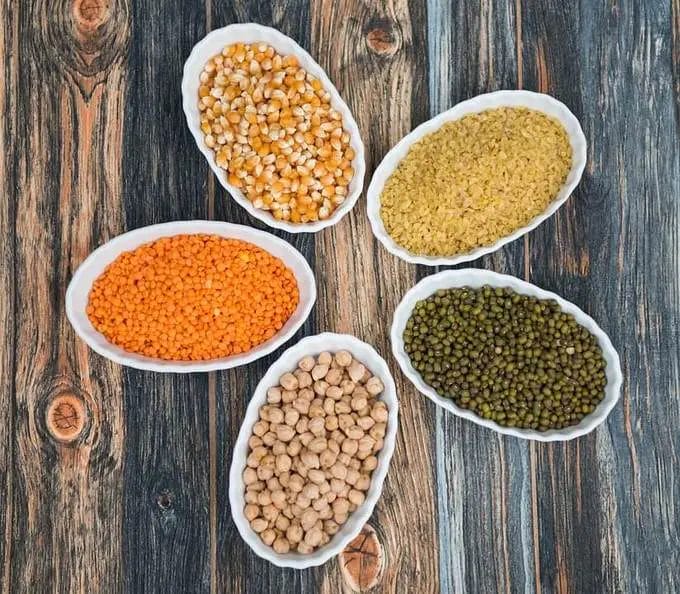
Castilian Lentils:
Castilian lentils are yellowish. Castilian lentils are very flat and hard which makes them fairly easy to cook as they don’t break at the time of cooking. As the Castilian lentils are larger in shape, these are more preferred to use in the salad. Besides these lentils can also be eaten after being cooked.
Brown Lentils:
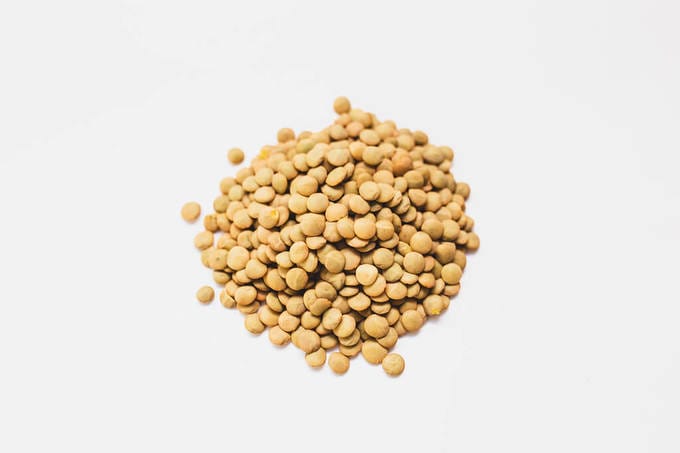
Brown lentils are among the most common lentils worldwide and are regularly seen in the grocery shop near you. These are brownish but some species might be dark black as well. Brown lentils are usually flavorful and mild in taste. Brown lentils can hold their shape well but take around half an hour to be cooked. These are a rich source of protein and other vital nutrients.
Quick Lentils:
Quick lentils are named this way because they are easy to cook. These take pretty less amount of time to be cooked compared to other lentils. Quick lentils were started being cultivated in the USA and now they are a popular variety of lentils in both the USA, Mexico, and some other countries in North and South America.
Peanuts

People often think that peanuts are “nuts”. But peanuts are legumes. Peanuts are originated in the continent of South America. Peanuts are eaten raw in most countries but specifically, in the U.S. they rarely eat raw peanuts. Rather they eat peanut by roasting eat or by making peanut butter. Peanut products include peanut butter, peanut oil, flour, etc. These are often used in various dessert food dishes like cakes, sweets, confectionaries, etc. Peanut has a rich combination of nutrients like protein, fat, carbohydrate and many more. Peanuts are very healthy for people of any age.
Legume Nutrition Facts
Legume provides various nutrients. Every single member of the plant family has its unique combination of nutrients in it. It can be very essential for the human body. Some of them are given below:
Fiber: This food provides both insoluble and soluble vegetable fibers. It is an ideal choice for preventing constipation.
Protein: They are mostly rich in protein. But as long as people are eating them with other food dishes they become healthier to eat. Protein value differs from plant to plant. Many of them contain a very high percentage and others contain less percentage.
Vitamins and Minerals: This crop contains valuable vitamins and minerals. B group vitamin is most common among the vitamins. It also contains a good percentage of folic acid. Among minerals, it provides zinc, iron, phosphorus, magnesium, potassium, calcium, and a low percentage of sodium as well.
Carbohydrates: Carbohydrates are a great source of energy for the human body. Although some people follow dietary plans of low or no carbohydrates, most people are ready to consume food full of carbohydrates. They bear a great percentage of carbohydrates and it is a healthy nutrient for people.
Sugar: The amount of sugar present in legumes is very low. Due to the low percentage of sugar, it can be a great food to have for diabetic patients as well as people who want to prevent diabetes in the future.
Fat: The percentage of fat in this crop is also very low. It makes them an attractive food item to have for all kinds of people. Besides the consumption of a high percentage of fat can cause various diseases like heart diseases. But, pulse prevents it to happen.
Why Grow Legume as a Profitable Cover Crop:
Often these crops are planted in the between (after harvesting first and before planting the second crop) of two main crops, Farmers grow these plants to enrich soil fertility. Because it is capable to absorb Ammonia (N3) [a form of Nitrogen (N2) that plants can use] in the soil.
The process of absorbing Ammonia in the soil is called nitrogen fixation. As these plant roots can produce their own Nitrogen. And the soil bacteria like Frankia & Rhizobium bacteria help to store nitrogen in the land. These bacteria take nitrogen from the air and convert it into Ammonia the It is a major fertilizer nutrient needed by all plants for growth.
In the fall, when the root is pulled up, the unused nitrogen is left in the land. Which can be a great source of organic fertilizer. In fact, this list of legumes shorts out the most popular ones to grow.
On the other hand,
The farmer can feed their families by growing legumes such as green beans, soybeans, lentils, and peas. Besides, this crop has a huge market Worldwide. So, farmers generate profits by growing them.
Conclusion
Legumes ensure a lot of health benefits once we start consuming them regularly. These are pretty easy to process and even can be eaten raw. It keeps you energetic and makes you feel light at the same time.
Pod vegetables are available anywhere you go. It can be a great choice of food if you consider availability, price, and health benefits. One should grow legumes in their regularly in their garden or lawn.

